Ford Australia confirms Ranger plug-in hybrid ute
The Blue Oval has confirmed a new variant for its popular Ranger dual cab ute that promises the best of both worlds.
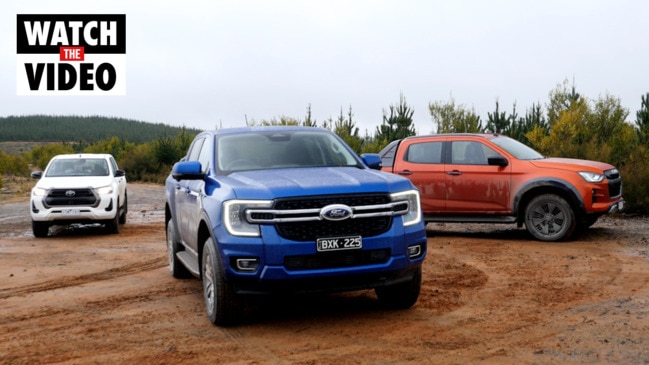
Motoring News
Don't miss out on the headlines from Motoring News. Followed categories will be added to My News.
Ford is developing a plug-in hybrid electric version of its Ranger ute that will begin production late next year before landing in dealerships early in 2025.
As sales of battery electric vehicles continue to surge, the imminent arrival of the Ford Ranger PHEV – which uses a petrol engine in conjunction with an electric motor – will provide a lower emissions version of the top-selling 4WD ute.
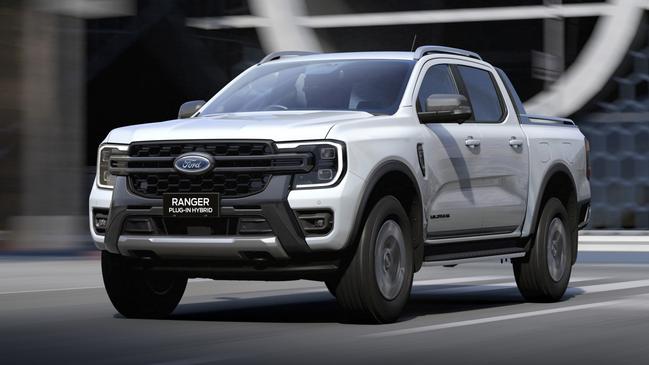
The Ranger PHEV will be the fifth and final electrified model for Ford in Australia by the end of 2025, joining the Puma small SUV, Mustang Mach-E family SUV, E-Transit van and E-Transit Custom.
Ford said it “won’t be discussing pricing”, although it’s expected to be the most expensive model in the Ranger line-up, which stretches from about $40,000 drive-away to almost $100,000.
However, the company said the development of the PHEV – which will be sold in overseas markets – represented a “significant investment”.
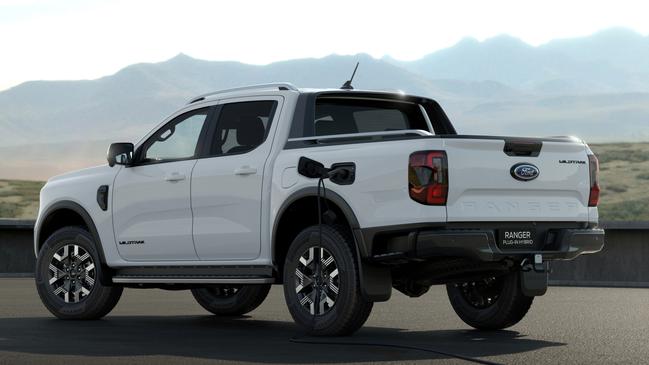
“We will be going after a volume that ensures we get a return on investment,” said Andrew Birkic, president and CEO of Ford Australia and New Zealand.
The partially electrified Ranger could also bring new levels of performance to the line-up, with Ford promising the combination of petrol and electric power will combine to make more torque than the Ranger’s 3.0-litre V6 turbo diesel, which puts out 600Nm.
The plug-in version of the Ranger will be able to be driven on electricity alone for “more than 45 kilometres” before reverting to a 2.3-litre four-cylinder turbo engine that can extend the range for longer journeys.
Ford said data it had collected from existing Ranger drivers showed that roughly half of them covered less than 40km a day.
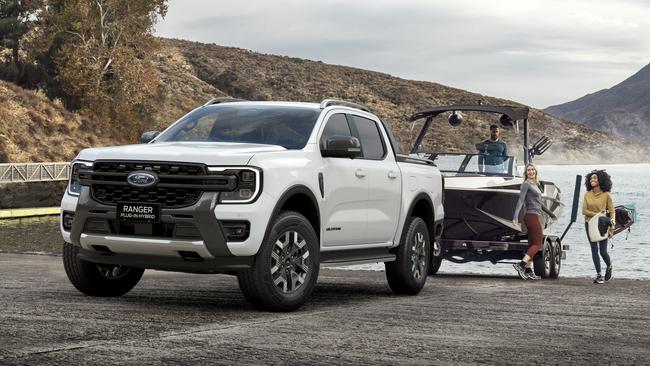
The petrol-powered engine – the same one used in four-cylinder versions of the Ford Mustang – also provides additional power and performance, something required when the Ranger PHEV is towing the maximum 3500kg.
“The Ranger Plug-in Hybrid is a best-of-both-worlds solution for work, play and family – offering customers zero-tailpipe emissions EV driving for short trips, or hybrid performance that delivers incredible on- and off-road performance,” said Birkic.
Ford said the Ranger PHEV would have the same off-road capability as regular Rangers. It would be able to drive through water and traverse the same tracks and trails as other four-wheel-drive variants.
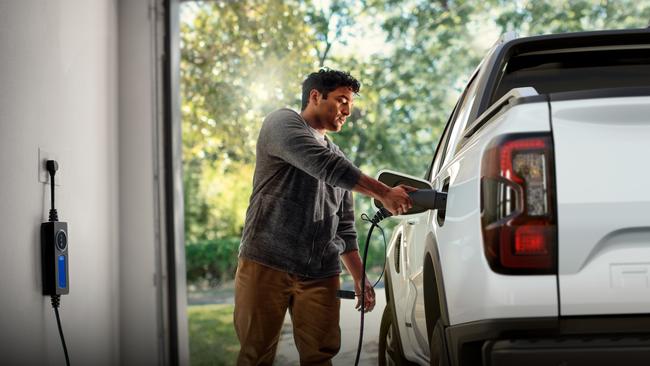
The additional weight of the battery pack and electric motor – details of which are yet to be announced – has also led to a retuning of the steering and fitment of heavier duty suspension.
Plug-in hybrid electric vehicles – or PHEVs – have proven a hard sell in Australia.
Their often-high prices and compromised nature – with poor EV efficiency and often modest performance when running only on petrol – means they are outsold by full battery electric vehicles by about 10 to one.
Many manufacturers – including Ford – have decided to stop selling some PHEVs in Australia.
However, plug-in hybrid is shaping up to be an interesting transition technology for utes as new vehicles shift towards zero emissions motoring.
As well as carry the family, utes are expected to carry about one tonne, tow 3.5 tonnes, often cover big distances and tackle some of the country’s harshest terrain.
By contrast, EV utes struggle to deliver decent range, especially when towing.
While EV utes are on the way plug-in hybrid technology that could provide a medium term solution to keep utes doing the things people expect of them while lowering emissions.
The Ranger PHEV will have its own mini on-board power station that will allow owners to power a work or camp site using household power outlets fed from the main battery pack.
The Ranger PHEV will also have the ability to hold its charge level, allowing the full battery pack to be saved for the final destination.


